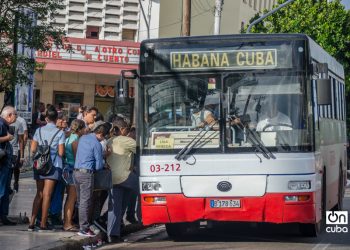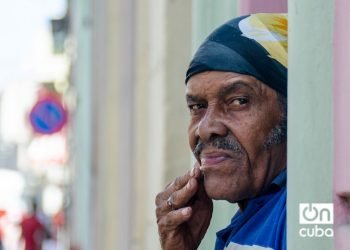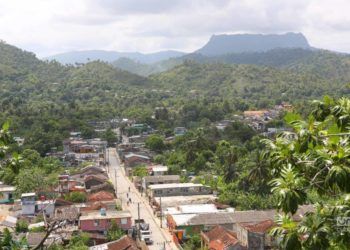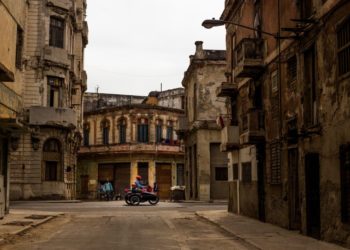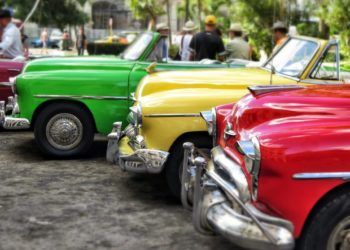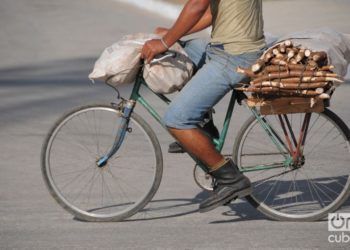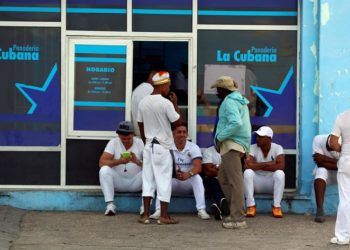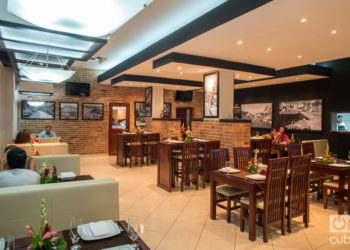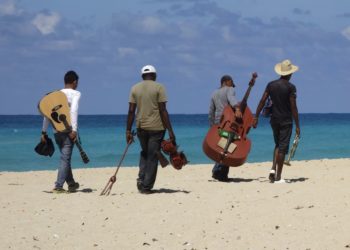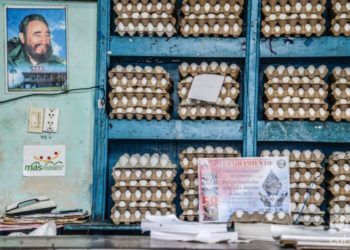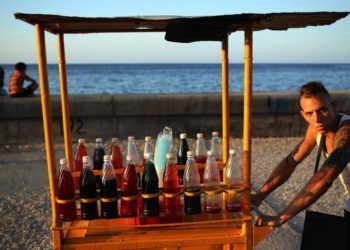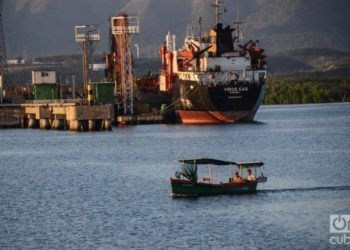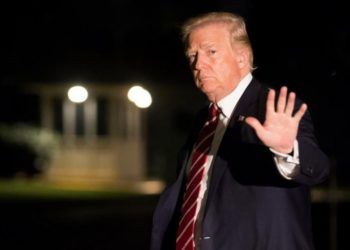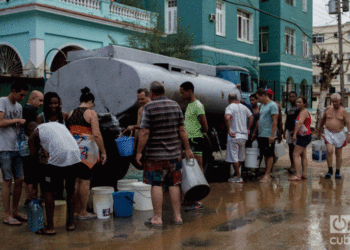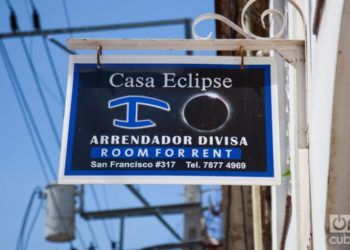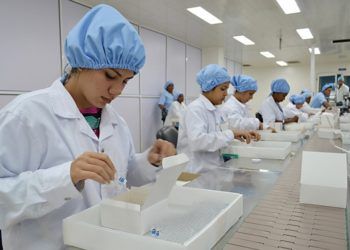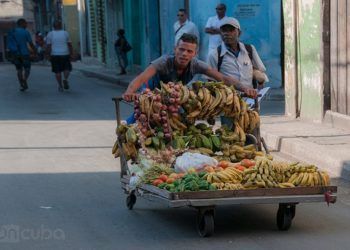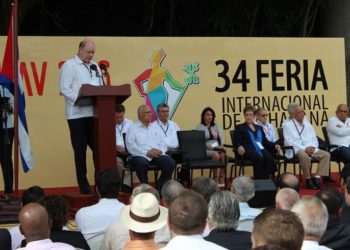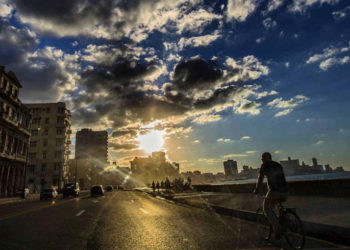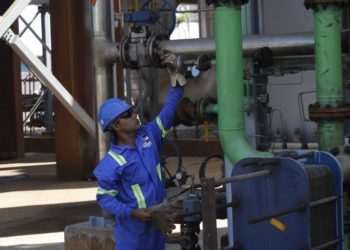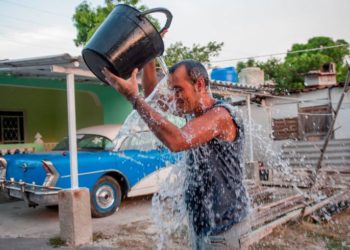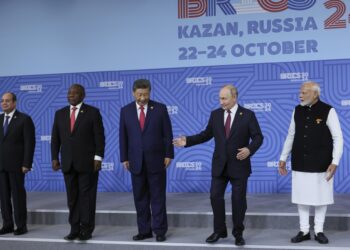“Well let’s use technology on the cow”
Sitting in that comfortable chair, Pedro watched the sunrise and tasted his so special coffee, totally organic, that could only be obtained in that place, also so special, far from mundane noises, totally exclusive. Suddenly he was startled by the sound of a bell that insistently came out of his pocket, puts his left hand inside it, takes out the cell phone and found that one of his applications was notifying him of a decisive event. He opened the application, there on the map was what generated the notification: Campana, his most beloved cow, his vanguard cow, was in heat. The application also told him that Campana was just 200 meters north of his position, grazing near the edge of his farm. From his cell phone he sent a message to the inseminator and received delivery and reading confirmation. Everything resolved. He brought the cup to his lips, finished his coffee and smiled. Today in almost all countries of the world it is very common for all pets to carry a remote tracking device. It is very probable that in some it is the owners’ legal obligation. It is purchased at any pet store. Taking advantage of a cow being...


